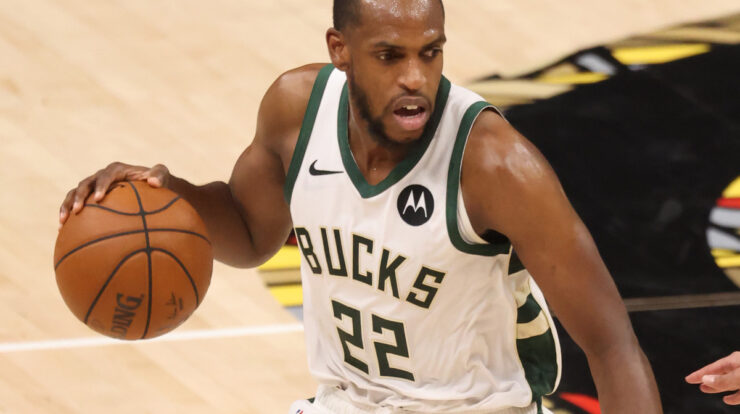
Back muscles, the unsung heroes of our bodies, play a pivotal role in our strength, posture, and overall well-being. From supporting our daily movements to powering athletic feats, these muscles are essential for a healthy and active life.
In this comprehensive guide, we delve into the anatomy of back muscles, explore effective exercises for strengthening them, and discuss common back injuries and their prevention. We also provide tips for relieving back pain and maintaining healthy back muscles through nutrition and targeted training programs.
As Mother’s Day approaches, many are looking for ways to express their gratitude and love for the special women in their lives. From heartwarming messages to thoughtful images , there are countless ways to show appreciation for all that mothers do.
Back Muscles: Anatomy, Exercises, and Health

The back muscles play a crucial role in supporting the spine, enabling movement, and maintaining overall posture. Understanding their anatomy and functions is essential for maximizing back health and performance.
Anatomy of Back Muscles
The back muscles are divided into three main groups:
- Superficial Muscles:Trapezius, latissimus dorsi, rhomboids, and levator scapulae
- Intermediate Muscles:Erector spinae, multifidus, and rotatores
- Deep Muscles:Quadratus lumborum, psoas major, and iliacus
| Muscle | Location | Function |
|---|---|---|
| Trapezius | Upper back, from neck to shoulder blades | Elevation, retraction, and rotation of shoulder blades |
| Latissimus Dorsi | Mid and lower back, from spine to armpits | Extension, adduction, and internal rotation of arms |
| Erector Spinae | Along the spine, from neck to lower back | Extension of the spine |
| Multifidus | Deep to erector spinae | Stabilization of the spine |
| Quadratus Lumborum | Lower back, on each side of the spine | Lateral flexion and stabilization of the spine |
Exercises for Back Muscles
Strengthening the back muscles improves posture, reduces back pain, and enhances overall fitness. Effective exercises include:
- Pull-Ups:Target latissimus dorsi and trapezius
- Rows:Target latissimus dorsi, rhomboids, and biceps
- Deadlifts:Target erector spinae, hamstrings, and glutes
- Back Extensions:Target erector spinae and multifidus
- Planks:Target quadratus lumborum and core muscles
Conclusion: Back Muscles

Understanding the importance of back muscles and implementing the insights provided in this guide can empower you to achieve optimal back health, improve your posture, and unlock your full potential for strength and mobility.
Questions Often Asked
What are the most important back muscle groups?
The major back muscle groups include the latissimus dorsi, trapezius, erector spinae, and rhomboids, which work together to support the spine, shoulders, and rib cage.
How can I strengthen my back muscles?
For those seeking inspiration and heartfelt expressions of gratitude, wishes for all moms are readily available online. These messages, filled with love and appreciation, serve as a beautiful way to honor and celebrate the special bond between mothers and their loved ones.
Effective exercises for strengthening back muscles include pull-ups, rows, deadlifts, and back extensions, which target different areas of the back.
For those looking to improve their physical health and well-being, a focus on exercises that target lower back fat can be beneficial. With regular exercise and a balanced diet, it is possible to reduce excess fat and achieve a healthier physique.
What are common causes of back pain?
Back pain can be caused by muscle strains, poor posture, disc herniations, and spinal stenosis, among other factors.
As the holiday draws near, Snoopy , the beloved cartoon character, joins in the celebration with heartwarming images and messages dedicated to mothers. Snoopy’s iconic charm and humor bring a touch of joy and laughter to the occasion.







